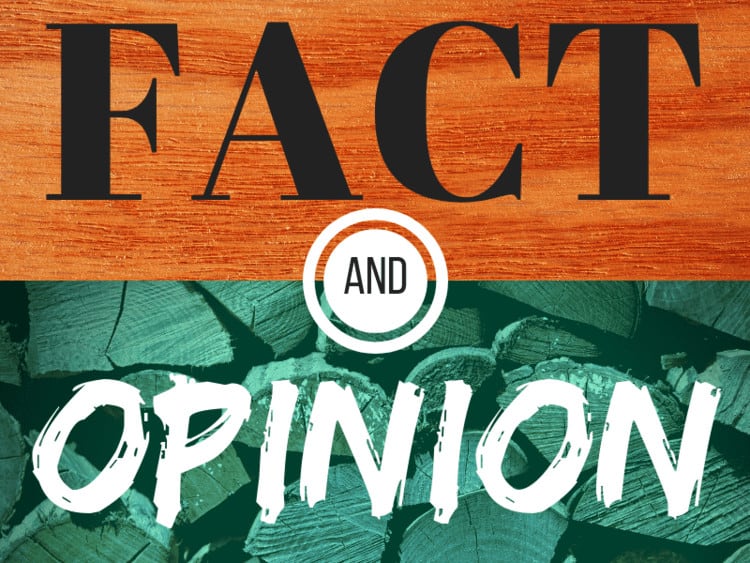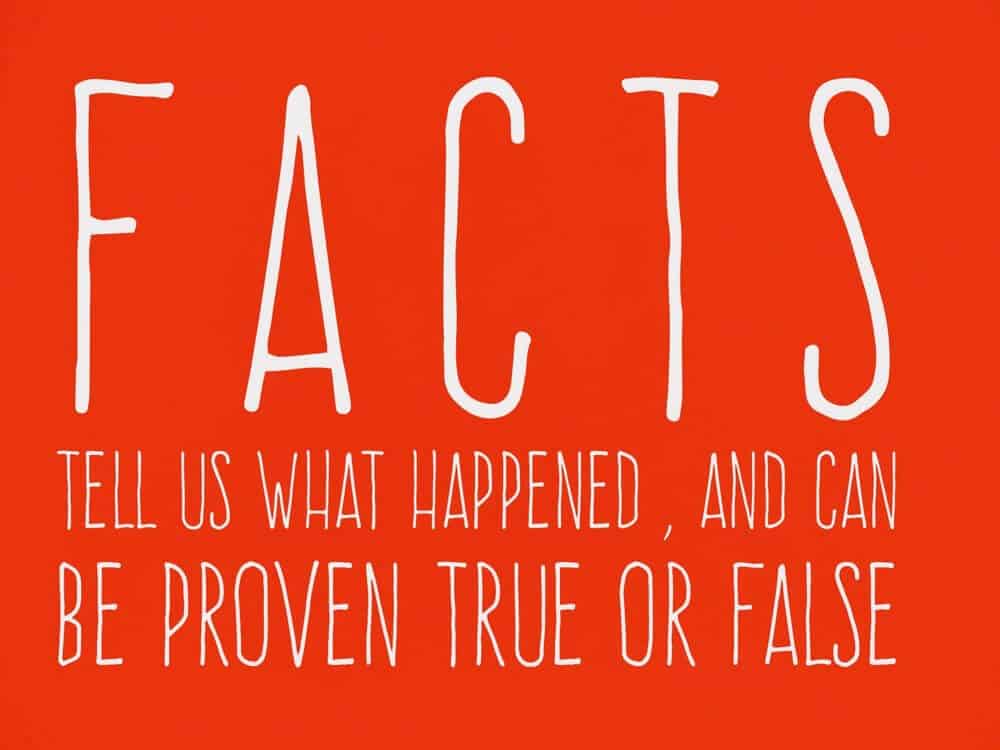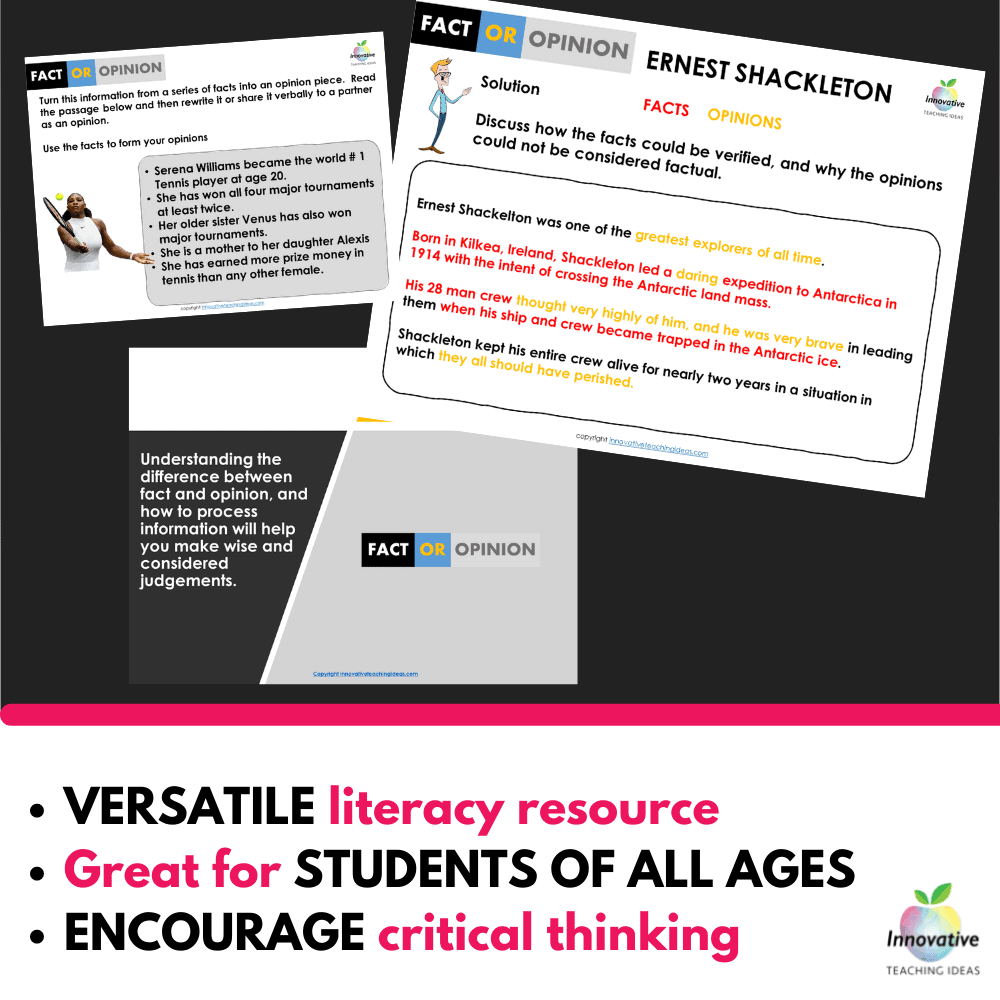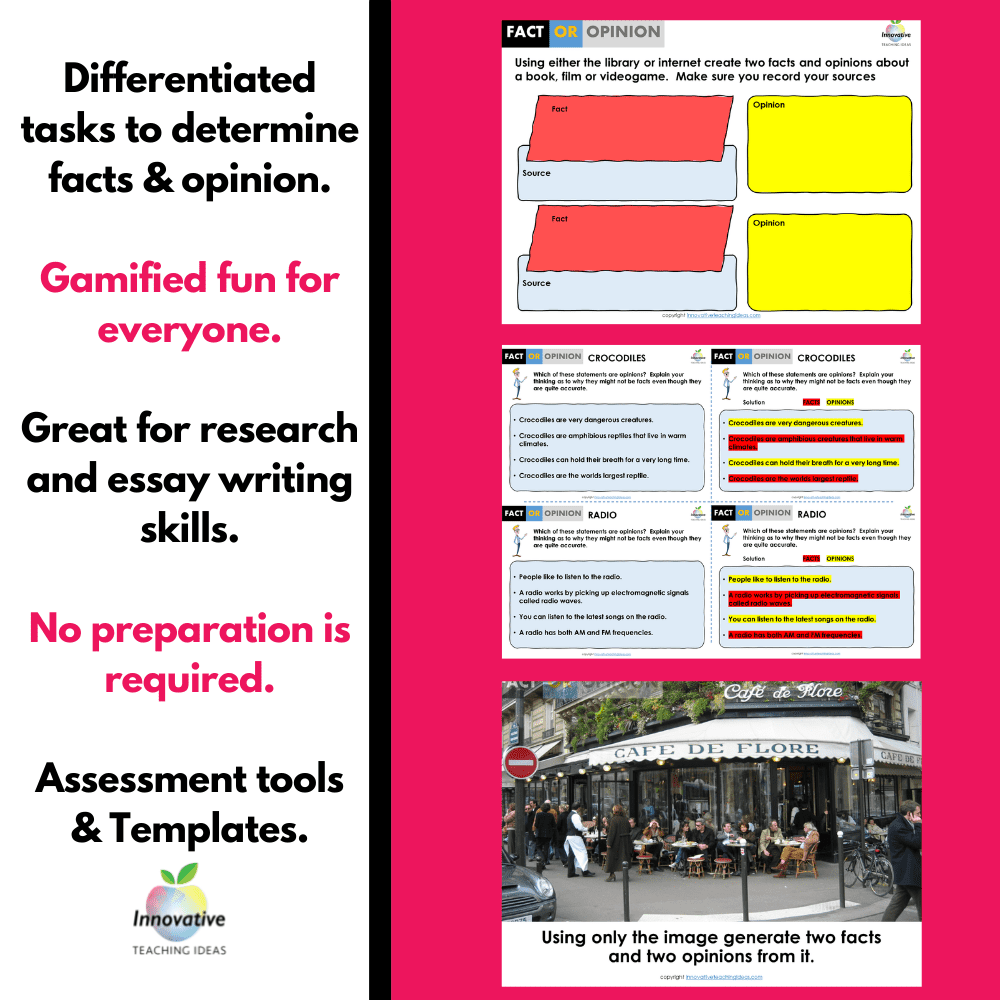

For higher-level reading comprehension, students must accurately distinguish between fact and opinion. To do this successfully, students must begin with solid definitions of the two concepts. Once this has been achieved, students can practice applying these definitions through activities engaging with a wide range of reading material. Let’s take a look at defining these two all-important concepts before proceeding into strategies and ideas for teaching fact and opinion in the classroom.


A fact refers to something true and can be verified as such. That is, a fact is something that can be proven to be true.
An opinion refers to a personal belief. It relates to how someone feels about something. Others may agree or disagree with an opinion but cannot prove or disprove it. This is what defines it as opinion.
Facts
Opinions
IDENTIFYING FACT FROM OPINION IS AN ESSENTIAL SKILL FOR STUDENTS
The ability to distinguish between fact and opinion helps students develop critical and analytical skills in reading and listening. Fact and opinion are often woven together in texts and speeches. It is, therefore, imperative that students can unravel the threads of what is true from what is mere belief if they are to navigate the deluge of media successfully they will encounter in their lifetimes.
Whether on the news, in advertising, or in a history book, learning to distinguish between what is fact and what is opinion is crucial to becoming an autonomous consumer with the critical thinking skills to avoid being manipulated easily.








This HUGE 120 PAGE resource combines four different fact and opinion activities you can undertake as a WHOLE GROUP or as INDEPENDENT READING GROUP TASKS in either DIGITAL or PRINTABLE TASKS.
Writers will liven up their facts with a sprinkling of opinions. Unfortunately, it can sometimes be challenging to extract the verifiable truths from the author’s preferences and biases. Luckily, the language used often throws up helpful clues in the forms of words and phrases that assist us in identifying statements as fact-based or opinion-based.
Let’s now take a look at some examples of those signal words and phrases being used in the sentence fragments that often precede a statement of fact or opinion:
FACT SIGNAL WORDS
OPINION SIGNAL WORDS
As we can see from the signal word examples, the language used to introduce fact, and opinion statements can help indicate whether it is being framed as a fact or an opinion.
Students must understand that things are not always as they appear to be. At times, writers, whether consciously or not, will frame opinion as fact and vice versa. This is why it is vital that students develop a clear understanding of what constitutes fact and opinion and are afforded ample opportunities to practice distinguishing between the two.
Context is the circumstances surrounding an event, statement, or idea and in terms of which it can be fully understood. Facts and opinions must be placed in context to draw conclusions, and they can significantly impact the importance we place upon statements of fact and opinion.
For example, a young boy who tells his mother, “I ate a truckload of sweets at the party last night” needs to be placed in the context of his age and audience.
We can confidently infer he never actually ate a real truckload of sweets, but we can reasonably appreciate he ate a lot of them and wanted to emphasise that point. His mother might ask a clarifying question to turn that opinion into a hard fact.
Context provides the background information or circumstances that help us understand the meaning of facts and opinions.
For instance, if we say the factual statement, “it’s raining outside”, the context may differ depending on the situation. If we’re at home, it might mean we must stay inside or find something to do indoors. If we’re at a sports game, it might affect the playing conditions or attendance.
Similarly, the context of an opinion can vary based on the situation. For example, if someone says, “I don’t like spicy food”, the context might include their previous experiences with spicy food or the cultural norms of the cuisine they’re discussing. Understanding the context helps us understand the meaning and implications of what someone is saying.
Teaching students to differentiate between fact and opinion is a complex task that requires educators to navigate a number of challenges that have only accelerated in the “Post-Truth” era, in which some members of society cannot accept being wrong on a particular issue, even with an ocean of evidence stacked against them.
One of the key challenges is that students often come to the classroom with preconceived notions and biases that can make it difficult for them to accept certain facts.
This is not a new phenomenon. Throughout history, individuals and groups have clung to their beliefs despite overwhelming evidence to the contrary. For example, in the 16th and 17th centuries, many people still believed that the Earth was the center of the universe, despite the mounting evidence to the contrary.
Today, we face a similar challenge when teaching students about scientific issues such as climate change. Some students may come from families or communities that deny the existence of climate change, despite the overwhelming scientific evidence that supports it. In such cases, educators must find ways to engage with students respectfully and constructively, while also presenting the scientific evidence clearly and compellingly.
Another challenge educators face when teaching fact and opinion is that students may struggle to distinguish between the two when presented together. This is particularly true in news media, where news articles often include a mixture of factual information and opinions from various sources.
In such cases, educators must teach students to critically evaluate the sources of information they encounter and distinguish between factual information and opinions. This requires a deep understanding of the media landscape, as well as an ability to evaluate the information that is presented critically.